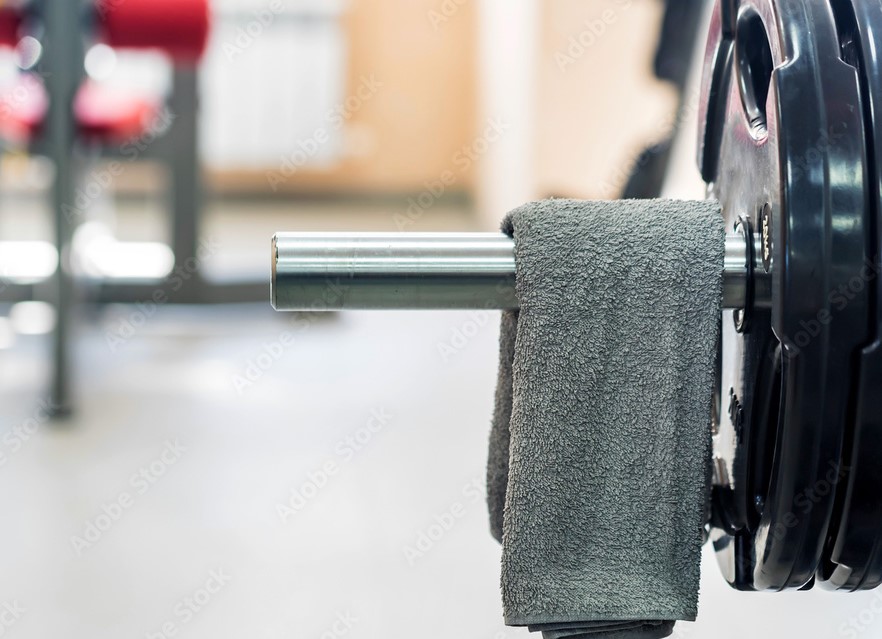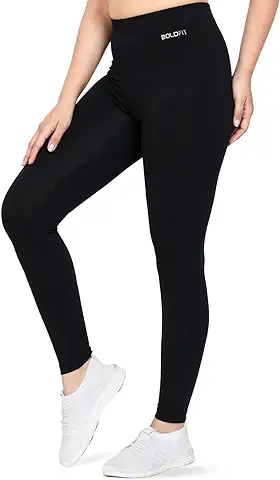


10 Fitness Myths Debunked: What Really Works? When it comes to fitness, myths and misconceptions are rampant. These myths can lead to ineffective workouts, frustration, and even injury. Let’s debunk ten common fitness myths and reveal what truly works for achieving your fitness goals.
Table of Contents
1. Myth: No Pain, No Gain
Debunked: While it’s normal to feel some discomfort when pushing your limits, pain is not a prerequisite for progress. Sharp or persistent pain can indicate injury.
What Works: 10 Fitness Myths Debunked: What Really Works?
- Listen to your body and differentiate between discomfort and pain.
- Focus on consistent, moderate-intensity workouts.
- Allow time for recovery and rest.
2. Myth: Spot Reduction Works
Debunked: The idea that you can target fat loss in specific areas by exercising those areas (like doing crunches for belly fat) is a myth.
What Works: 10 Fitness Myths Debunked: What Really Works?
- Engage in full-body workouts that combine strength training and cardio.
- Maintain a balanced diet to reduce overall body fat.
- Be patient and consistent with your fitness routine.
3. Myth: Cardio Is the Only Way to Lose Weight
Debunked: Cardio is great for burning calories, but it’s not the only method for weight loss.
What Works: 10 Fitness Myths Debunked: What Really Works?
- Incorporate strength training to build muscle and boost metabolism.
- Combine different types of workouts for a balanced approach.
- Monitor your diet and overall caloric intake.
4. Myth: Lifting Weights Will Make Women Bulky
Debunked: Women typically do not produce enough testosterone to bulk up like men. Lifting weights helps tone muscles and improves overall strength.
What Works: 10 Fitness Myths Debunked: What Really Works?
- Include weightlifting in your fitness routine.
- Focus on proper form and progressively challenging yourself.
- Enjoy the benefits of improved muscle tone and metabolism.
5. Myth: More Sweat Equals a Better Workout
Debunked: Sweating is your body’s way of cooling down and doesn’t necessarily correlate with workout intensity or effectiveness.
What Works: 10 Fitness Myths Debunked: What Really Works?
- Focus on workout quality and proper technique.
- Measure progress by strength, endurance, and how you feel.
- Stay hydrated and cool down properly after workouts.
6. Myth: You Need to Work Out Every Day
Debunked: Rest days are crucial for recovery and preventing overtraining. Muscles need time to repair and grow.
What Works: 10 Fitness Myths Debunked: What Really Works?
- Follow a workout schedule that includes rest days.
- Alternate between different types of workouts (e.g., strength, cardio, flexibility).
- Listen to your body and allow for adequate recovery time.
7. Myth: Crunches Are the Best Way to Get Abs
Debunked: Crunches alone won’t give you a six-pack. Core strength and visible abs come from a combination of exercises and a healthy diet.
What Works: 10 Fitness Myths Debunked: What Really Works?
- Perform a variety of core exercises, such as planks and leg raises.
- Engage in full-body workouts to reduce overall body fat.
- Maintain a balanced diet to achieve a lean physique.
8. Myth: You Should Stretch Before Working Out
Debunked: Static stretching before a workout can reduce strength and performance. Warm up with dynamic movements instead.
What Works: 10 Fitness Myths Debunked: What Really Works?
- Perform dynamic stretches or a light cardio warm-up.
- Save static stretching for after your workout to improve flexibility.
- Gradually increase intensity during your warm-up.
9. Myth: Machines Are Safer Than Free Weights
Debunked: While machines can guide movements, they can also lead to poor form and limited range of motion. Free weights promote functional strength and stability.
What Works: 10 Fitness Myths Debunked: What Really Works?
- Learn proper form and technique for both machines and free weights.
- Use a mix of machines and free weights in your routine.
- Consider working with a trainer to ensure correct form.
10. Myth: Protein Shakes Are Necessary for Muscle Gain
Debunked: While protein is essential for muscle repair and growth, it’s possible to get enough from whole foods without relying on shakes.
What Works:
- Aim for a balanced diet rich in protein sources like lean meats, fish, dairy, beans, and nuts.
- Use protein shakes as a convenient supplement, not a replacement.
- Focus on overall nutrition, including carbohydrates and healthy fats.



Final Thoughts
Understanding the facts behind fitness myths can help you make informed decisions and optimize your workout routine. Focus on what truly works: a balanced approach that includes varied workouts, proper nutrition, and adequate rest. By debunking these myths, you’ll be better equipped to achieve your fitness goals effectively and safely.
